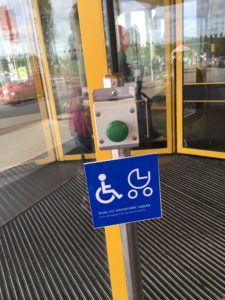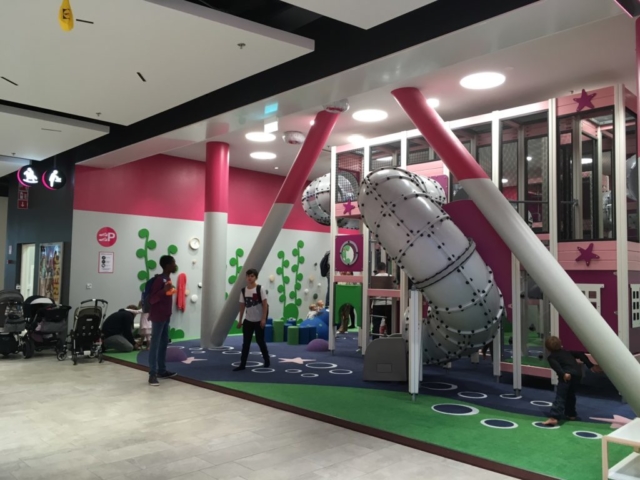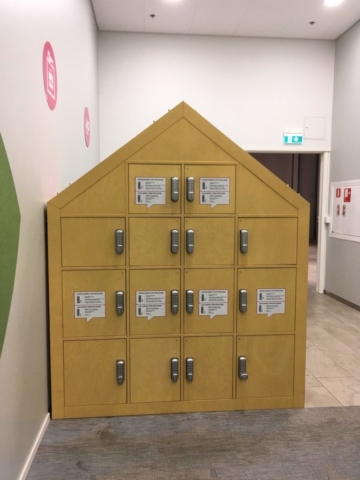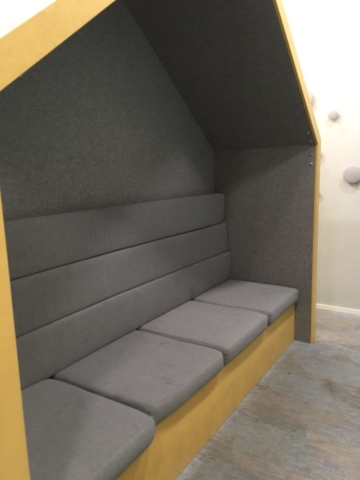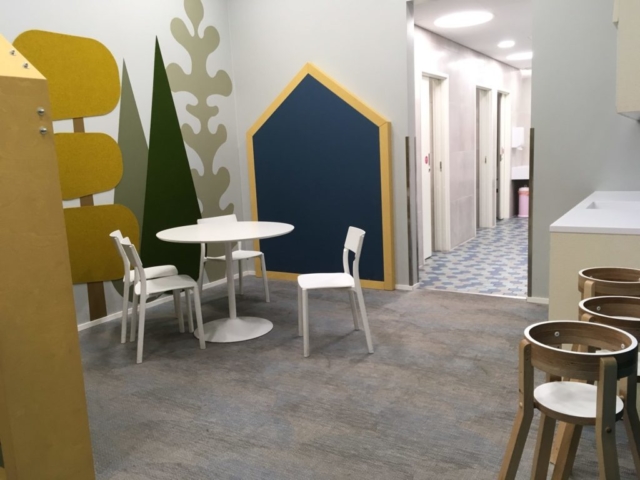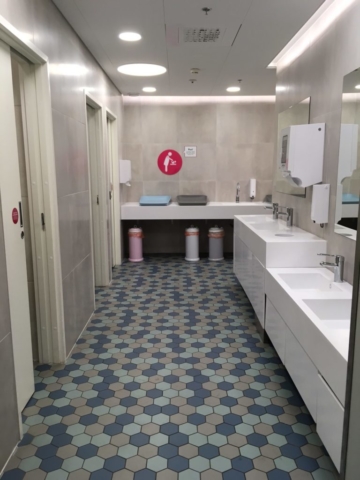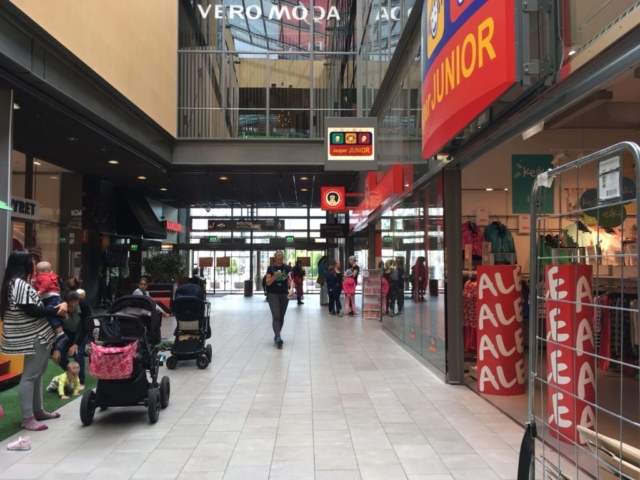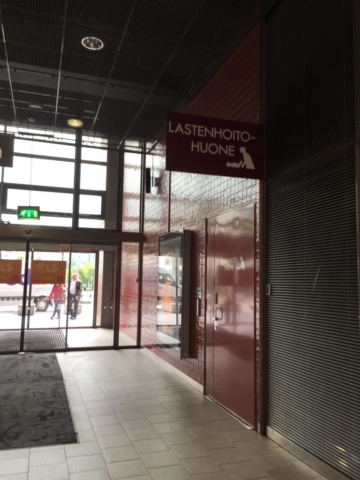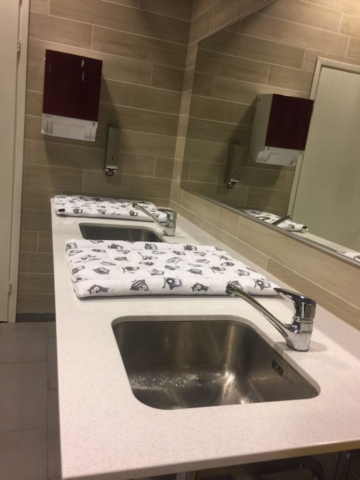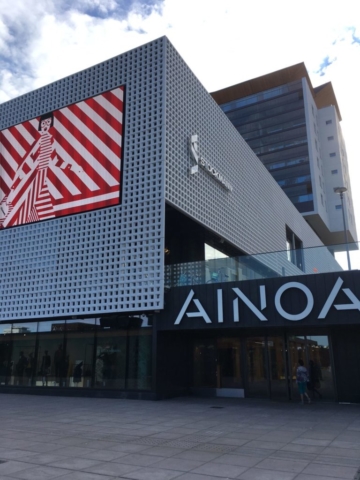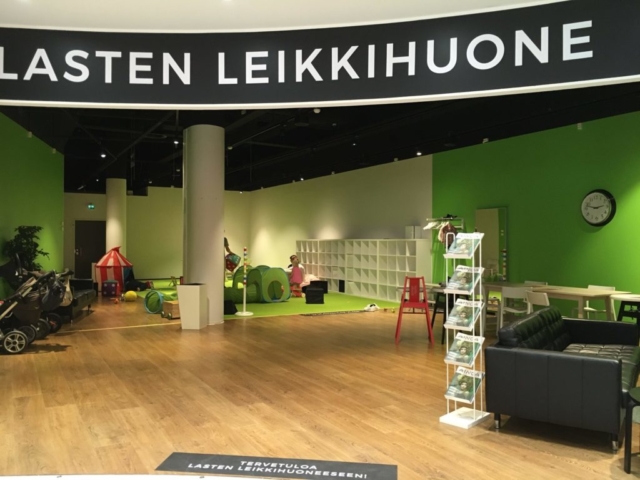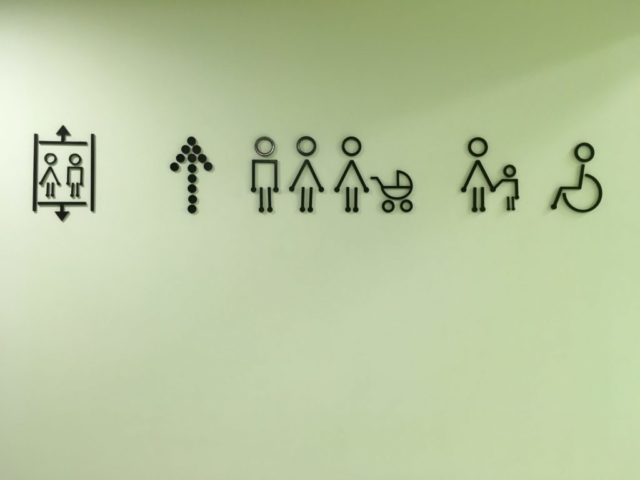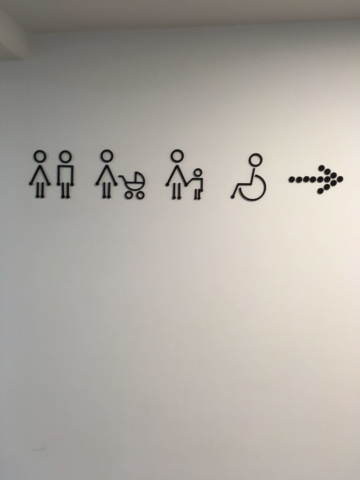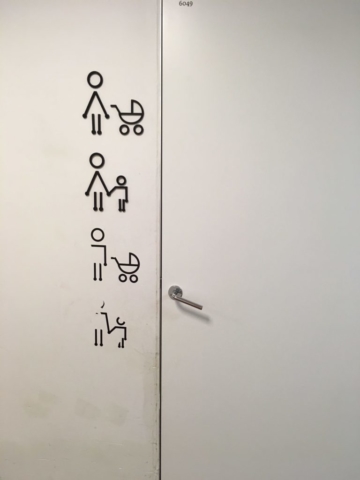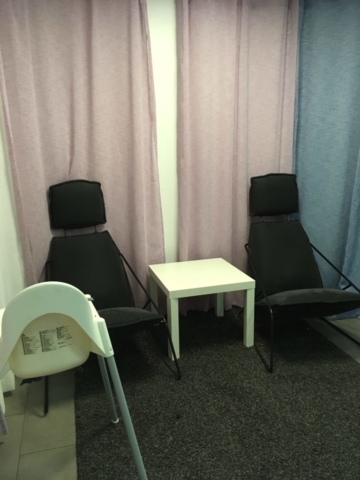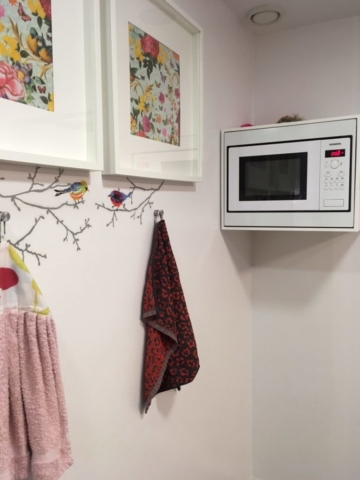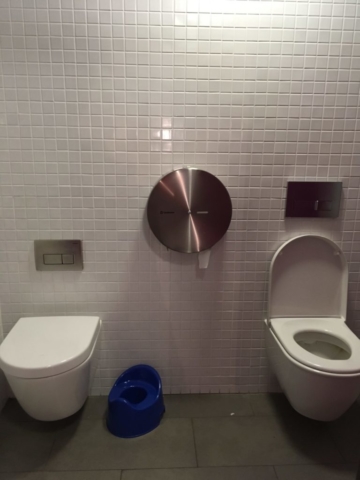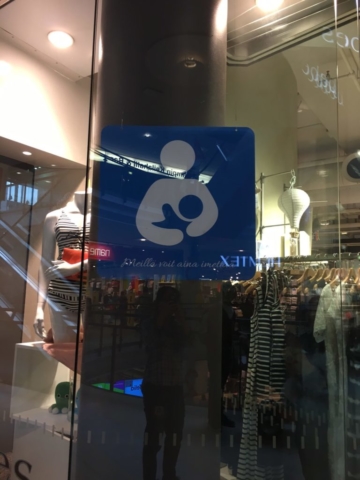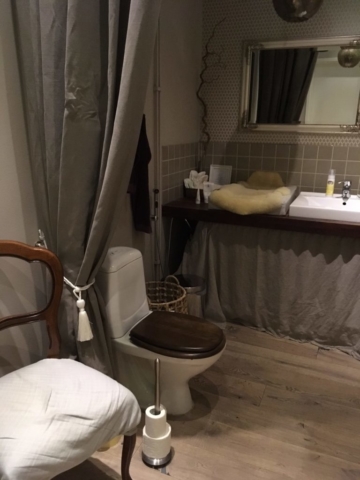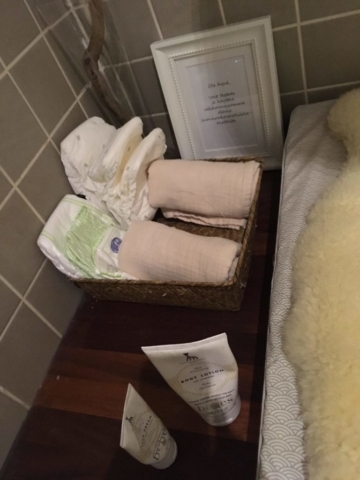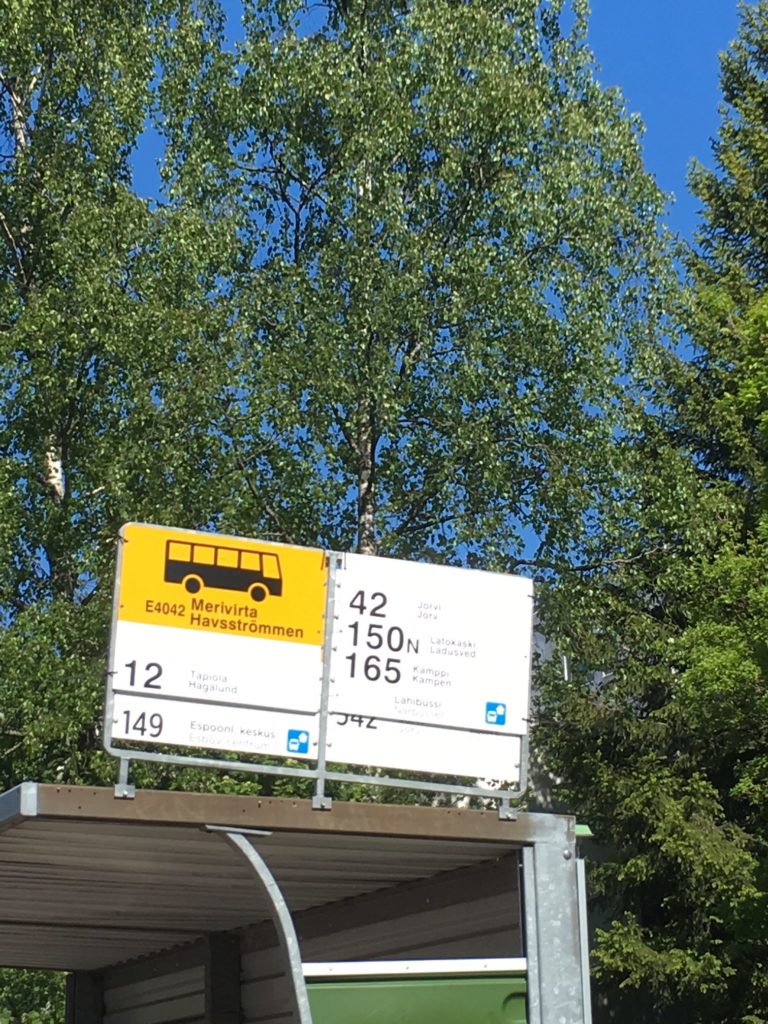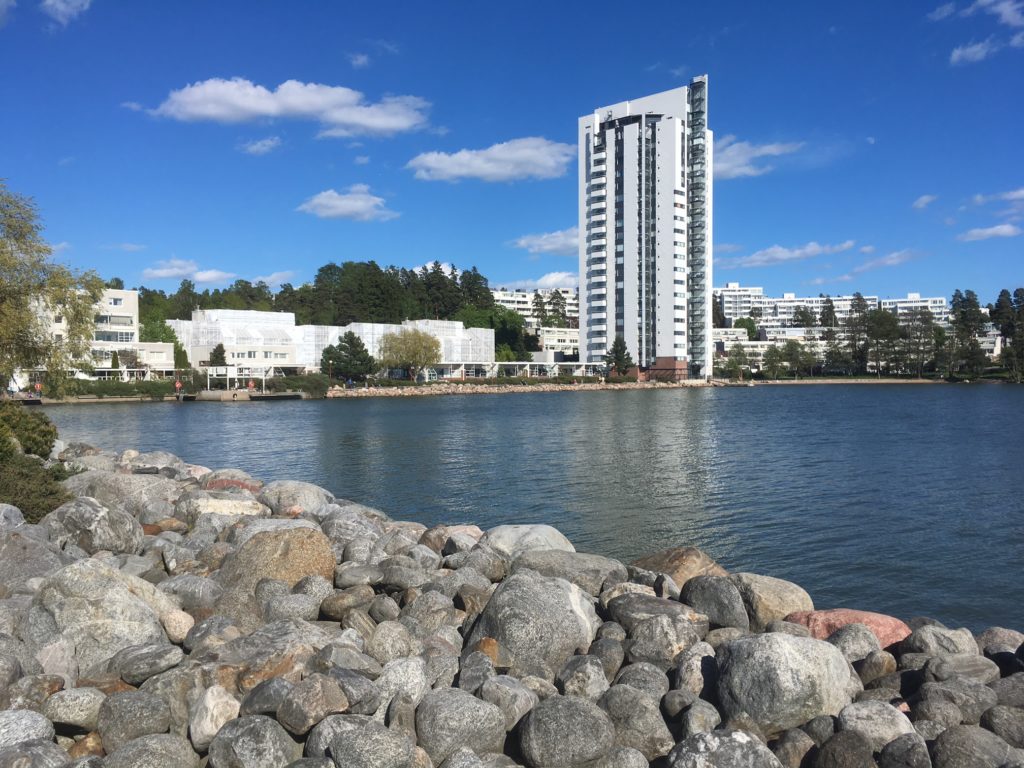We have been living in Grenoble for almost four months now. During most of the time, we are distracted by paperwork and by my pregnancy. But still, we are learning and enjoying living here, every single day. Hopefully, our experience will help people who are coming to Grenoble.
Housing. Not much that I can talk about, because we live in a friend’s friend’s house. We occupy the so called basement – it’s actually the ground floor, or first floor. The first floor in France equals the second floor in USA. We pay a rent, which includes utilities, so I cannot tell you much about the utility companies either. For us, sharing a house with the landlord is the best choice, because we knew we wouldn’t be here for long. Plus, I have always enjoyed this mode of housing in USA! I have had great landlords/friends! We fell in love with the current house at the first sight. Our rooms are spacious and decorated with art. We later found out that our landlords, a retired French couple, are writer and artist!
Food. Big supermarkets (hypermarché) are out of the city center, but there are many smaller supermarkets in every neighborhood. Common brands are: Casino, Carrefour City, Carrefour market, Simply, and Monoprix. We go to Simply most, because there are two of them close to our home. I find Simply is also cheaper than the other supermarkets. But more importantly, Simply seems to have better selections of vegetables. We like the Chinese cabbage and white radish (daikon) there! Most vegetables one finds in the supermarkets in USA are available here in Grenoble. Other than from supermarkets, one can buy vegetables and fruits (and even seafood) in farmers’ market. These markets have designated locations. Some have specific days when they’re there. For example, there is a small market close to our home. I noticed that vendor #1 is there almost everyday, but vendor #2, who has more selections, is only there during the weekends. We like to get Fuji apples from vendor #2. The vegetables in these markets tend to be fresher. If you are from Asia, then you have to check out the Asian supermarket called Le Carré Asiatique. They have good sushi rice, and stuffs like cooking wine, soy sauce, noodles… There are also frozen food: raw shrimps, hot pot stuffs (fish balls, thin-sliced meat, etc.), and dumpings. Not much vegetables though. No meat. They have prepared food, but it’s a bit sweet. We always take bus C5 to go there. My husband has to carry 10kg of rice (€38), every month. Oh, to get Japanese stuffs, Ozenya in the downtown is also a good choice. Everything is imported from Japan, so don’t be surprised by the price.
Banks. We are using Society Générale, because it’s only five minutes away from our home. To open an account, they ask for the work contract, proof of residence (a water bill, etc.) and documents that show you are living in France legally. They will give you an IBAN number, which is used for getting salary and paying for the health insurance (mutuelle). If you want, you can get a credit card (actually more like a debit card!) for a small fee, ~ €5 per month. Yes, banks in France will charge you for services! Cash back? Rewards? Forget about it. The other thing annoys us is that they set a low spending/withdrawing limit for us. I am already used to getting refused with online shopping, and I even experienced getting declined in supermarkets. So, I always bring my US credit card with me. One more point, Discover card is not accepted in France (unfortunately). Other cards seem to be fine.
Transportation. One thing I love about Grenoble is the tram system. I simply love trams! They are clean, fast, and cute. Every tram station has a vending machine for tickets. In 2017, one ticket is €1.5, ten tickets are €14, and thirty tickets are €39. One ticket is valid for an hour, so you can transfer, or you can even do a round trip if time allows. At the tram station, there are tickets validating stands. You can insert the ticket, and the machine will print out the time of validation. There’s nobody checking tickets. However, they do random checks on the trams. I heard the fine was €400! Anyways, please buy tickets. The same tickets can also be used on buses. You validate the ticket when you board the bus. The same one hour rule applies as well. If the ticket is validated for a second time within an hour, the machine will only print a * mark after the previous validation. We have not tried transferring between trams and busses, yet. Nowadays, my husband is using the APP (Tag &a Pass) for the transportation. He just needs to scan the QR code on the validation stands. Each trip is €1.4, but the total amount tops at €59 per month. There are other monthly plans/passes as well. One thing I want to mention is that sometimes the trams and busses are free to encourage people to use public transportation. This happens when the air condition is bad! Last winter, there were more than ten free days. The information is broadcasted in tram stations, on trams and on their website. The other thing is that you can use APP (MetroMobilite) to check the time of trams and busses. They are pretty much on time! The train station (also a bus terminal for long distance buses), Gare de Grenoble, is located close to the downtown. It is served by tram A & B. One can go to Paris in just three hours by a TGV.
Cell phones. Common carriers are Free, SFR, and Orange. All of them can be found in downtown. Free seems to be the cheapest, but the coverage is not as good. For us, we don’t make phone calls, because we don’t speak French! Plus, we spend most of time in places covered by wifi. So we decided to try the €2 plan first, which includes 100 min calling and 50 MB data. Looks like it’s enough for us. In some places, there’s Free wifi network.
Laundry. There are laundry shops (laverie) in the neighborhood. Washing and drying take about an hour, and cost ~€5 (for a small load). I usually do laundry by hand, but for big things such as bed sheets I go to shops. If you have washer and dryer at home, that’s great. If not, it’s not the end of world. I saw many people went to laundry shops.
Electronics. One necessary thing is the hair dryer. It is not found in small supermarkets. We bought one in Darty. For computer kind of stuffs, Fnac is the place to go.
Clothes. We are not that into fashion, especially that I am pregnant. For the price, one may want to check out Kiabi and H&M. For styles, there are Galleries Lafayette and many brand shops in the downtown. Oh by the way, the center of the downtown is around Victor Hugo and Maison de Tourism. Tram A and B go through the downtown. For babies, one big store is called Autour de Bebe.
Post office. It is often necessary to use mails. For example, to cancel the health insurance (mutuelle), you must write to the company, and you must use a special service that gives you a proof of the delivery (lettre recommandée avec avis de réception). To do that, there’s a form (yellow color) where you write down the recipent’s address and yours. Stamps are sold on self-service machines. Weight the letter on the scale, select the type of service, pay (by card or coins), and then you will get the stamp. If it’s special service, then hand the letter to the counter. Otherwise, go outside to find the mail box, and deposit the letter (pay attention to which box to use for the correct destination).
These should be enough for the beginning. I will update if I come up with something else.
X

